Many moons ago, I sat in a friend’s freshly finished man cave. It had many leather-bound books and smelled of rich mahogany. I sank into an oversized leather chair as he asked if I wanted a whiskey. I, of course, said yes, and in short order, I had a glass of golden liquid in my hand. “It’s a single malt. You will like it,” he chimed. I sat there in the utter civility of it all and took a sip. My mind drifted imagining being transported to the foggy glens of Scotland as bagpipes wailed in the distance. I was not even considering Scotches not from Scotland.
What I got was a jolt into a Japanese-influenced world akin to Bladerunner. My brain scrambled to define what I was tasting. It was a single malt, unlike any scotch I had ever tasted. My friend could read my face and stunned me when he said it was not actually a scotch, but a Japanese single malt. My whiskey world took a hard turn at that point as I realized that many “scotches” out there aren’t technically scotch. It was a moment that led me to discover some delicious cousins of my beloved Scotch. I would begin to explore Not Scottish Scotches – Say that Three Times.
Not Scottish Scotches – Say that Three Times
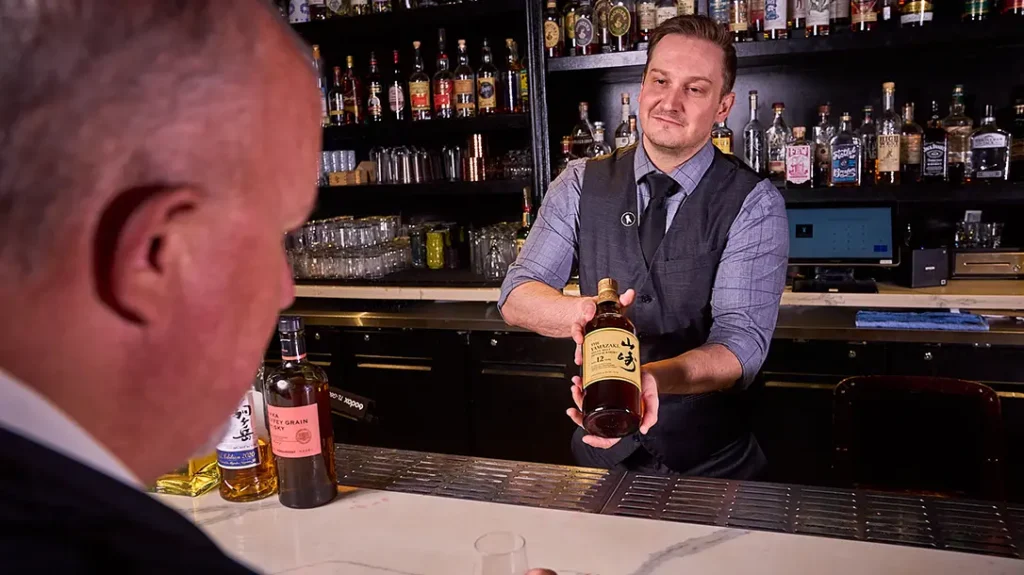
Advertisement — Continue Reading Below
To be technical, Scotch is a malted grain whisky made exclusively in Scotland. Yes, location matters. In the U.S., the Alcohol and Tobacco Tax and Trade Bureau defines Scotch as a whiskey “manufactured in Scotland.” Scotch must be aged in oak barrels for at least three years. According to the regulation, the minimum bottling strength is 40% alcohol by volume. As of 2020, there were 134 Scotch whisky distilleries operating in Scotland.
This is impressive, considering that the entire population of Scotland is about the same as Phoenix, Arizona. While some may argue, the single malt is seen as the core of Scottish whisky. It is that single-malt magic that has spurred the growth of this nectar from Singapore to Colorado. Everyone seems to be intent on making their own single malt and giving the Scottish a run for their money. With that, let’s take a little walk around the world and see who is making what.
Single Malt Magic
Our first stop is Japan. Today, Japan is the fourth-largest producer of whisky in the world. The history of whisky in Japan is interesting and directly connected to Scotland. A young chemist named Masataka Taketsuru was working for a distillery in Japan and traveled to Scotland, where he attended the University of Glasgow in 1918. He then took several apprenticeships at distilleries, including two Speyside distilleries, where he learned about the making of Scotch.
Advertisement — Continue Reading Below
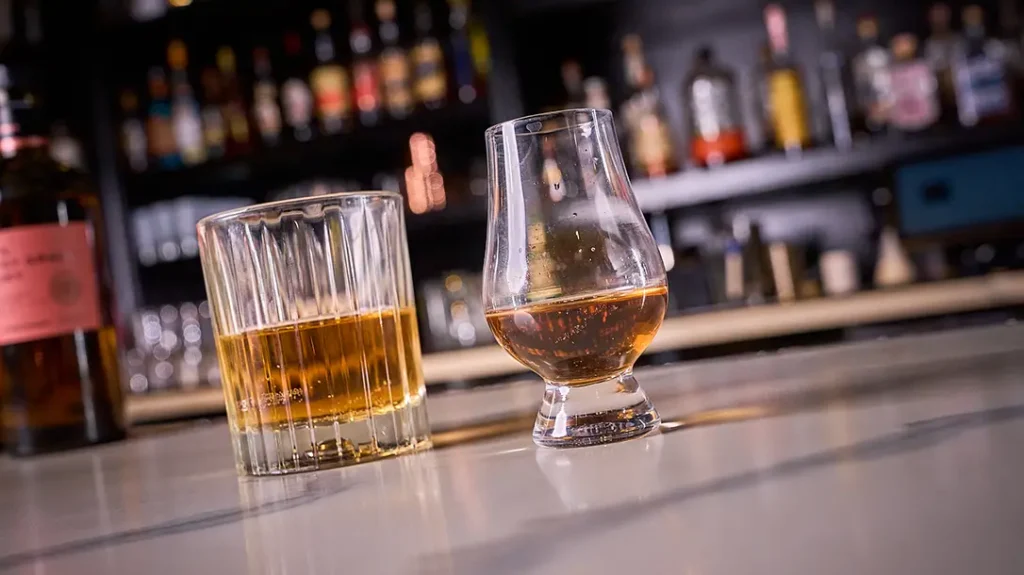
Fast-forward to his return to Japan and a partnership that led to the founding of the Suntory Yamazaki Distillery. The rest, as they say, is history. It is the epitome of Scotches not from Scotland. One of my favorites in their lineup is the Yamazaki 12yo. Yamazaki Whisky is Suntory’s flagship single-malt whisky. It is a very smooth and well-balanced drink. It is one of the best-selling single malts in the world and can be found in 35 countries.
Japanese Single Malts – Scotches not from Scotland
Another one of my favorites is from Suntory. The Hakushu is a 12-year-old single malt that is reminiscent of Scotch from the Highlands. It has an almost smokey flavor about it. It is aged exclusively for 12 years in virgin American white oak barrels, giving it a deep flavor. The Hakushu, like the Yamakazi, is extremely popular. It was so popular that in 2018, there was news that Hakushu 12 Year was being paused for a few years until its stocks caught up due to the exploding demand for Japanese whiskey. Thankfully, they have begun shipping again, and we can once again enjoy it.
Advertisement — Continue Reading Below
From Japan, we are heading south to Australia. Here, we find out that there is a lot more to see than kangaroos and the outback. Here, we find Nova single malt from Starward. This is a unique single malt because it spends two years maturing in uncharred Australian red wine barrels, which include Shiraz, Cabernet Sauvignon, and Pinot Noir barrels from local wineries.
Super Aging Powers
The aging of this offering is relatively short because Melbourne’s climate is dynamic in temperature fluctuations. This helps accelerate the aging process, so three “Melbourne years” is seen as at least three years elsewhere. Regardless of time machine magic, this is a fantastic single malt. As you can imagine, it has a flavor that is touched by berries, orchard fruits, and soft oak spice. It is surprisingly smooth, considering its age. I find this to be good, neat, or even as the base for a cocktail.
Now we head North back towards Scotland. We will hop over the North Channel to get to Ireland. It goes without saying that Scotland’s southern neighbor has some whiskey skills, and a single malt is in the lineup. At the top of my list here is Glendalough, a 13-year-old Irish Single Malt Whiskey. This is a bit of a unicorn and is hard to find. Yet, it is absolutely worth the search.
Advertisement — Continue Reading Below
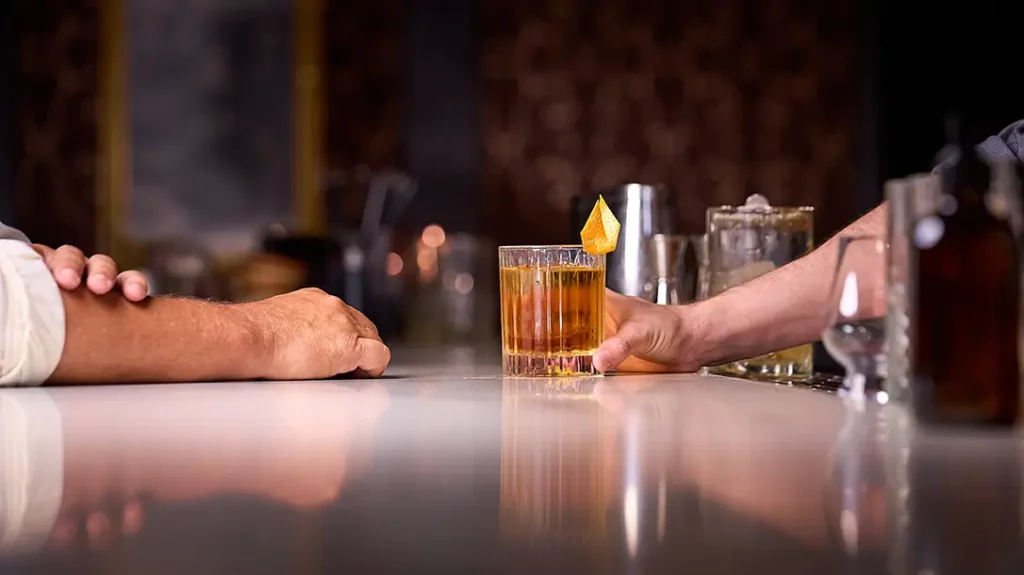
If you are lucky enough to spot a bottle of this rare whiskey, a former winner of the title “World Best Irish Whiskey,” then you should definitely grab it. This single malt spends its first 11 years in bourbon barrels and is then finished for two years in virgin barrels crafted in Japan using Mizunara wood. The product of this effort is a single malt with a vanilla smoothness and apricot, marmalade, and sandalwood notes. This is not your average Irish whiskey.
Scotch Whiskey Skills
Another winner from the Emerald Isle is Bushmill 10-Year Single Malt Irish Whiskey. Bushmills is best known for its classic blended whiskey, but the distillery produces several single malts that deserve serious attention. Their 10-year-old single malt is a perfect entry point into the lineup, not the least because it’s quite affordable. This is a warm and fruity drink that has no essence of peat and very little burn. The name may be common, but the 10-year-old is in a category by itself.
Advertisement — Continue Reading Below

While we could continue our world trek, it is time to head back to the U.S. Our first stop is a place that is not exactly known for whiskey. We are not going to Kentucky; instead, we land in Utah and Alpine Distilling in Park City. Their offering is the Traveler’s Rest American Single Malt Whiskey.
Scotches not from Scotland
This single malt is aged and matured in ex-Jack Daniel’s barrels before a brief finishing in new French Oak casks. The product of this process is a drink with a taste that has a nice oakiness with touches of campfire smoke, barley sugar, tree fruits, vanilla, and caramel that are nicely balanced. This has been very successful, and there are rumors that the current supply may well be depleted before the next release. In summary, get it while you can!
Advertisement — Continue Reading Below
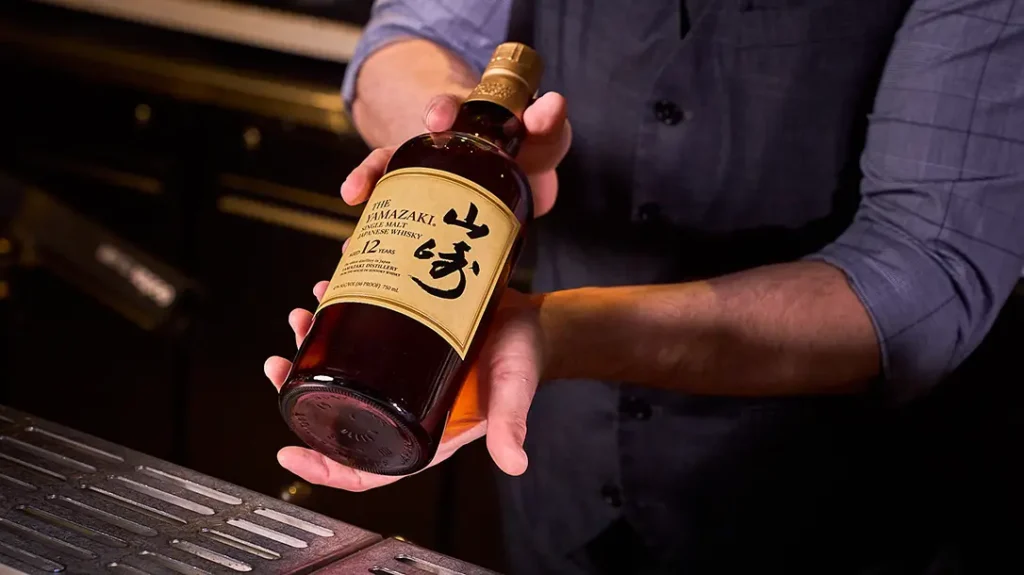
Our last stop is just south. Hailing out of the Mile High City, Stranahan claims the mantle of the number one American Single Malt whiskey. This whiskey is unique because it was the first American single malt whiskey widely available throughout the United States. It is a true single malt with no corn, wheat, or rye in its distillate. They age it in new charred oak barrels. The new charred oak imparts its flavors so much more quickly than traditional Scotch aging.
Take Your Pick
The official palate is described as “Cinnamon-butter, vanilla, chocolate, warm caramel & spiced pear; flows over the tongue like table cream & melted brown sugar, finishing with a hint of cayenne, rich tobacco, oak & aged leather.” I’m not sure about all that, but I know I like it. It has a richer flavor than its age would normally allow. It is a bit hot up front, but you are rewarded quickly with an oaky flavor you crave in a good single malt.
Advertisement — Continue Reading Below
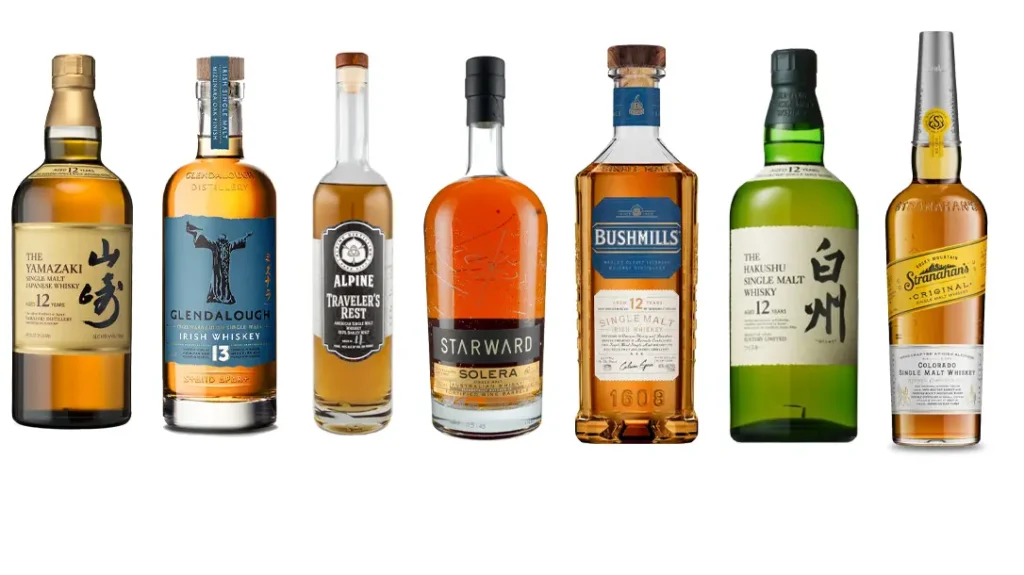
To most, single-malt whiskey has always been associated with Scotland. However, they are all over the world, made in every continent but Antarctica. Will I say they are as good as Scotch? Well, before you paint your face blue and scream FREEDOM, let me say that the two can coexist. To the savages that don’t drink Scotch much, they will not be able to tell the difference in most cases. For the rest of us, they are absolutely enjoyable. If you are ready to park your kilt for a moment, I believe you will find these single-malt Scotches not from Scotland offerings worth trying.
For more information visit: https://www.scotch-whisky.org.uk/
Advertisement — Continue Reading Below






















